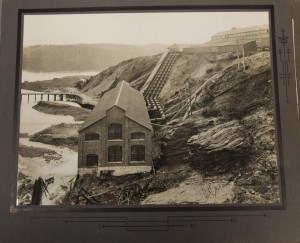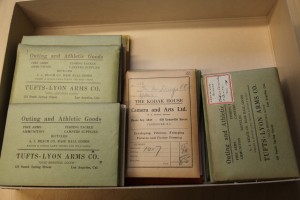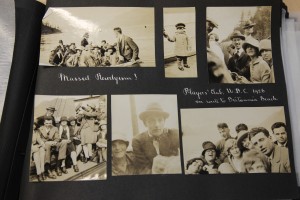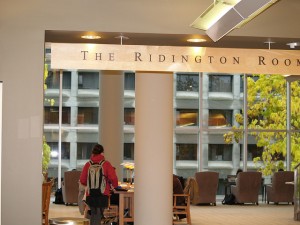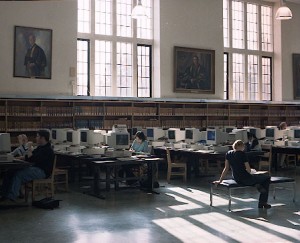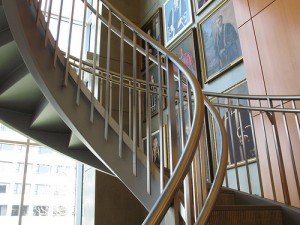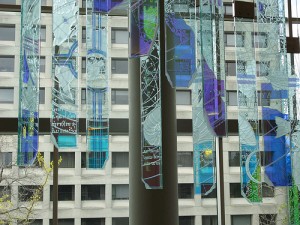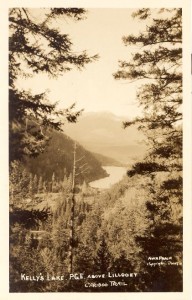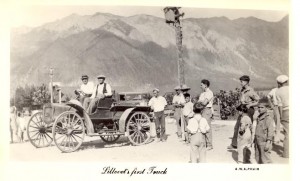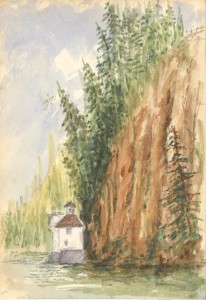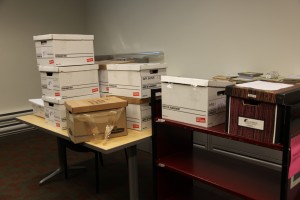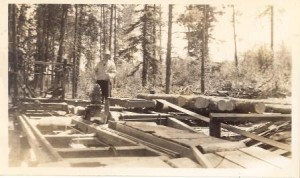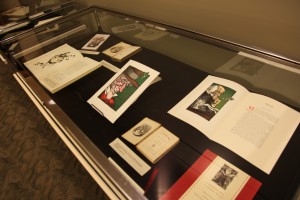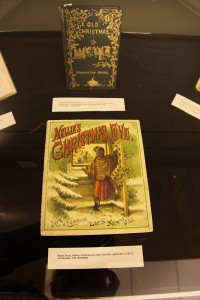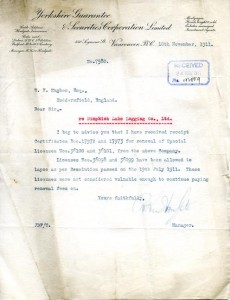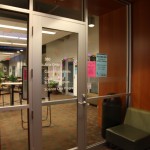As part of our ongoing series of blog posts featuring place names in B.C. from the room names in the Irving K. Barber Learning Centre, today we will take a look at Granby River. Originally referred to as the North Fork of the Kettle River on early B.C. maps, the Granby River meets the Kettle Riverin Grand Forks B.C. and got its name from the Granby Smelting Company which operated on its banks. The owner of the Granby Smelting Company named the company after his hometown in Quebec (see B.C. Geographical Names). The company also expanded into other parts of the province and built a number of “company towns,” as shown by archival material in the Royal B.C. Museum and Archives, the Nanaimo Community Archives, and the Penticton Museum and Archives.
At Rare Books and Special Collections, we have a photo album showing various aspects of the operation of this company in Anyox, B.C., dating from sometime in 1910’s. The photographs show both external and internal views, showing the placement of the plant on the river, the machinery inside, and in some cases employees.
Note that these photographs are not from Granby River, but rather from the company town of Anyox. The Granby company was so influential that the body of water that this plant was on was also named Granby Bay. This photo album is part of our B.C. Historical Photograph Album Collection. Although the finding aid for this collection is in an older format, the collection is rich with historical views from all of British Columbia.
In the Barber Centre, the Granby River room is a group study room on the 4th floor, facing East Mall. These study rooms are bright and airy, and very popular for group work. They can be booked online.
